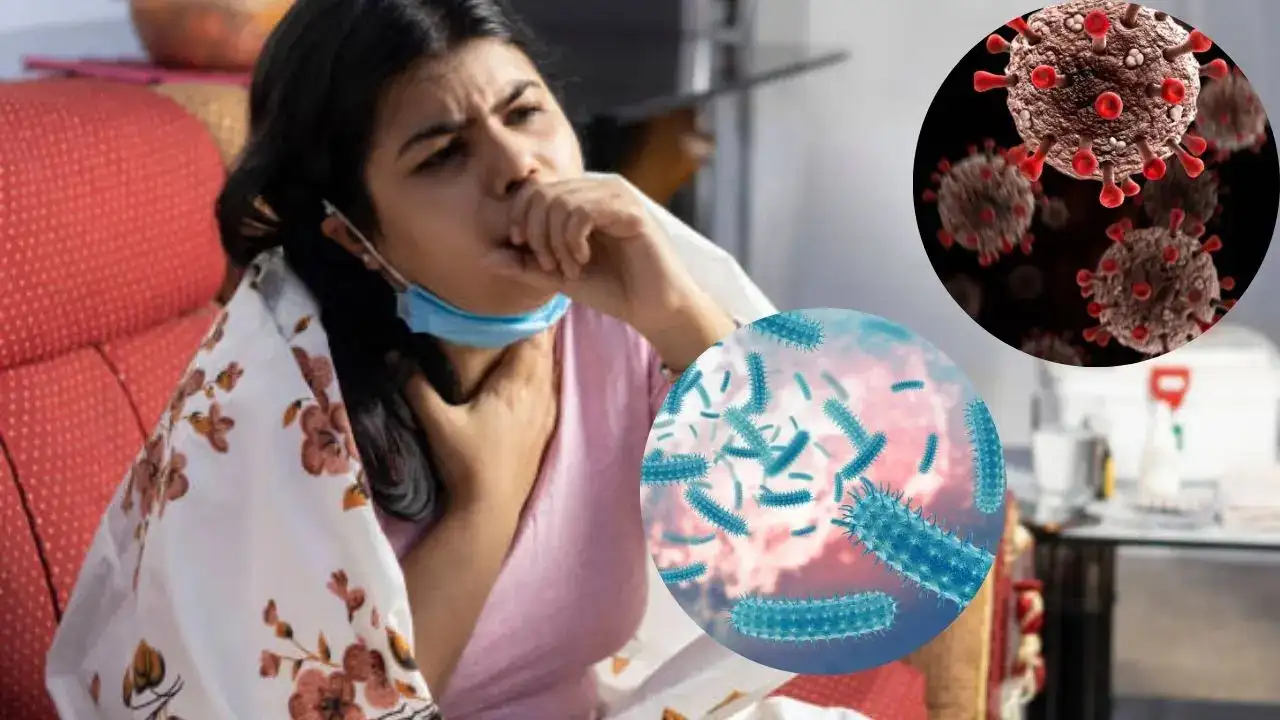
Many seasonal illnesses share similar traits, but can be caused by either bacteria or viruses
The much-needed relief from the rains is here, aka the monsoon season. However, it comes with its own share of negatives – in terms of your health. You may be falling sick with a sore throat, cold and flu, body aches, or even diarrhoea and stomach infections often during this time. While many battle viral fever, most do not know what is causing it.
According to experts, many seasonal illnesses share similar traits but can be caused by either bacteria or viruses.
What is the difference between a bacterial and a viral infection?
While it may sound as simple as a bacterium causes bacterial infections and viruses lead to viral ones, their course of treatment is completely different. Even though both are caused by microbes, they are totally different in structure and behaviour as well.
Bacteria are single-celled microorganisms that live in many different types of environments. Bacteria also live on and in the human body, and while most cause no harm, some are even helpful in getting your food digested. However, bacteria can also lead to deadly illnesses and infections like urinary tract infections.
Other monsoon-related bacterial infections include:
- Strep throat
- Salmonellosis
Viruses, on the other hand, are bits of genetic information – either RNA or DNA – surrounded by protein. A virus always needs a living host to survive, like a human body or an animal. To spread, it gets into the host's body and the cells and takes over the cell's machinery, using it to make more of the virus.
Diseases caused by viruses include:
-
COVID-19, caused by a coronavirus called SARS-CoV-2
- Chickenpox, caused by the varicella-zoster virus
- Common colds are caused by a range of viruses, but often by rhinoviruses
How would you know if you have a bacterial or viral infection?
While you may not be able to diagnose your illness at home, a doctor can always do some tests to find out whether you have a viral or bacterial infection.
Based on a physical exam, symptoms, and diagnostic blood tests, you would get to know all about your infection.
However, symptoms of fever – especially seasonal – even as cases of COVID-19 are increasing by the day, you need to get proper tests done for further treatment. The doctor would ask you to get samples of blood, urine, and stool, among others, to find out the real cause of your condition.
Similarly, a throat swab detects Streptococcus bacteria in strep throat cases, while blood tests or cultures identify bacteria in UTIs or bloodstream infections. For respiratory infections, chest X-rays or sputum cultures may distinguish bacterial pneumonia from viral bronchitis.
